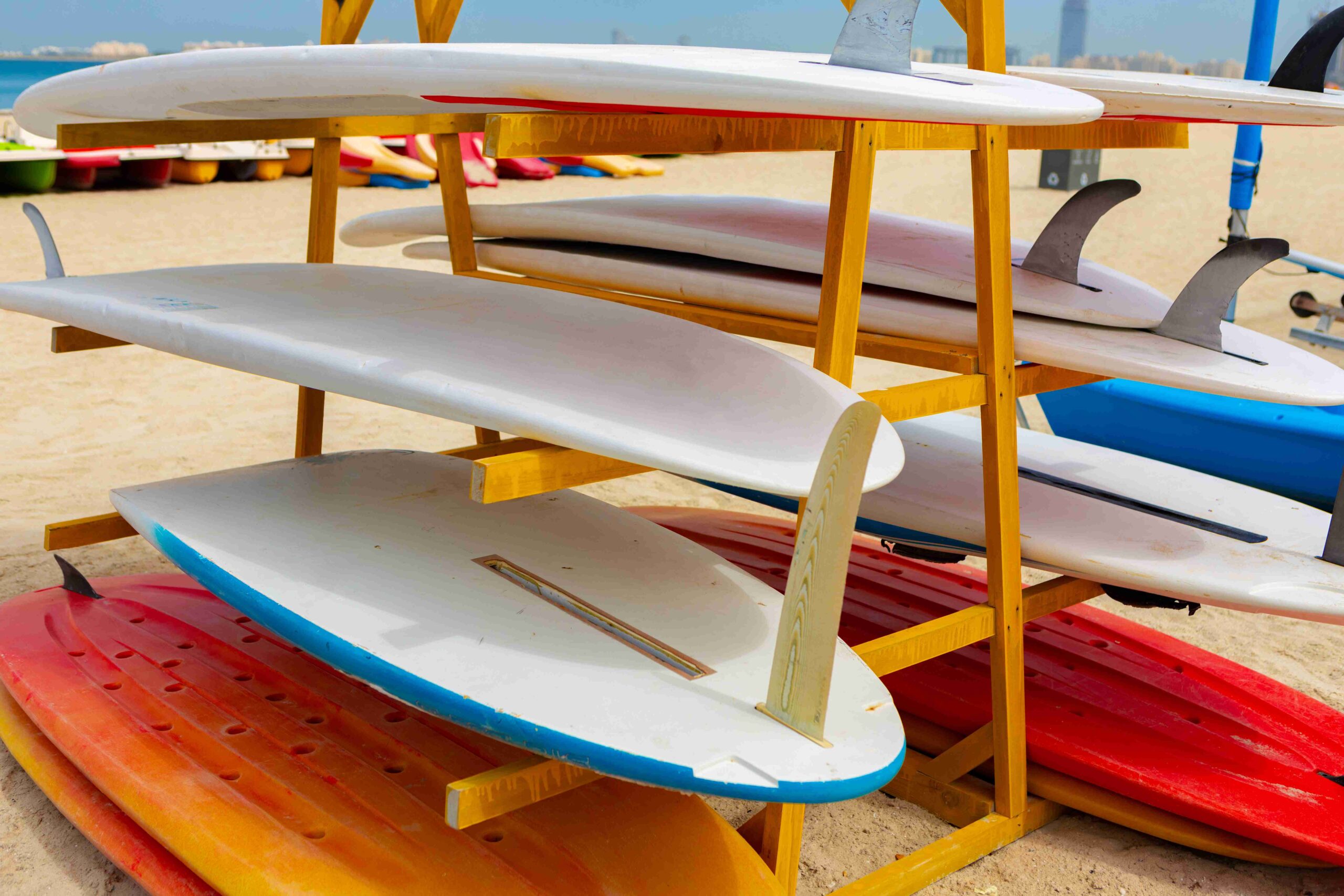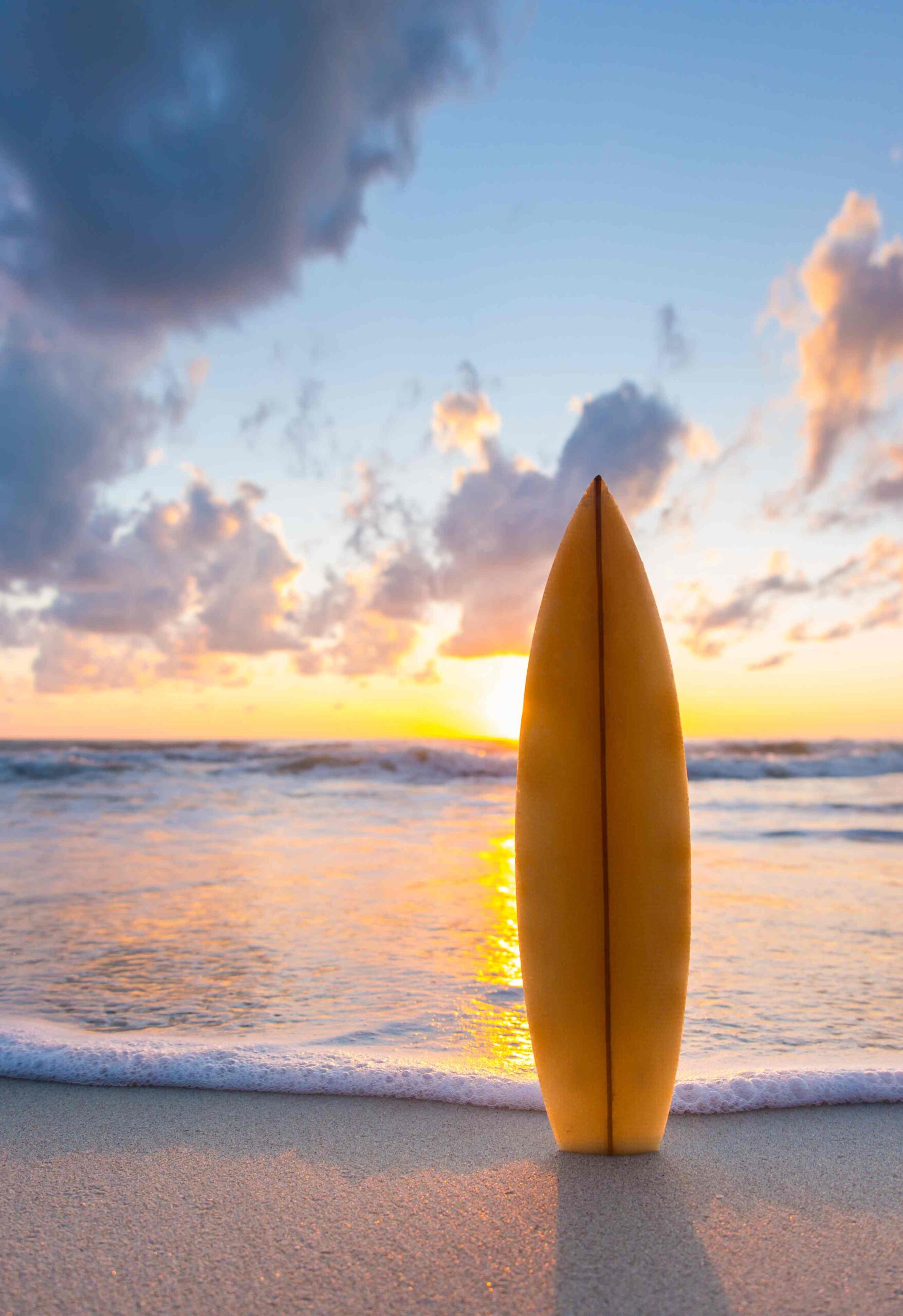Picking the right surfboard is a game-changer. The right board helps you catch more waves, improve your technique, and most importantly, enjoy every session in the water. But with so many options available, how do you find the perfect one?
It all comes down to your skill level, body size, and the type of waves you’ll be riding. Let’s break it down so you can make the best choice.

Experience Matters
Your skill level is the first thing to consider when buying a board. Beginners should go for something stable and easy to paddle, like a longboard, funboard, or soft-top board. These boards have plenty of volume, which makes it easier to balance and catch waves. As you progress, transitioning to a hybrid or fish board gives you a mix of control and maneuverability.
Advanced surfers looking for high-performance rides usually opt for shortboards, which offer speed and responsiveness but require a solid technique to handle well.
Size and Weight
Your height and weight directly affect your board choice. A lighter surfer can get away with a smaller board, while a heavier surfer needs something with more volume to stay afloat and maintain stability. If you’re on the taller or heavier side, a longer and thicker board will help you stay balanced, especially in weaker waves.
On the other hand, smaller surfers can maneuver shorter boards more easily. Finding the right balance between size and volume ensures you’re not struggling to paddle or missing waves because your board doesn’t float enough.

Waves and Conditions at Your Local Spot
The waves you ride also play a crucial role in your board selection. If you’re surfing small, slow waves, a longboard or funboard will help you glide smoothly. Medium-sized waves work well with hybrids or performance funboards, offering both stability and control. When the surf picks up and gets bigger, shortboards and specialized big-wave boards provide the speed and precision needed to handle powerful waves.
Not all waves break the same way either. At beach breaks, where waves roll in gently over sandy bottoms, longer boards help make the most of slow-breaking waves. If you’re heading out to a reef break, where waves are fast and hollow, a shortboard or hybrid is a better choice for quick turns and barrel riding. Even the wind plays a role—strong winds require a heavier board to keep control, while lighter, more maneuverable boards are great for clean conditions.
How to Make the Right Choice
Choosing a surfboard is about matching your ability, body type, and local conditions to the right setup. If you’re just starting, go for something stable and forgiving. If you’re leveling up, experiment with different shapes and styles to refine your skills. And if you’re already comfortable in a variety of waves, choosing the right board is all about fine-tuning performance.
The perfect surfboard will make every session more fun. So, take your time, do a little research, and most importantly, get out there and enjoy the waves!